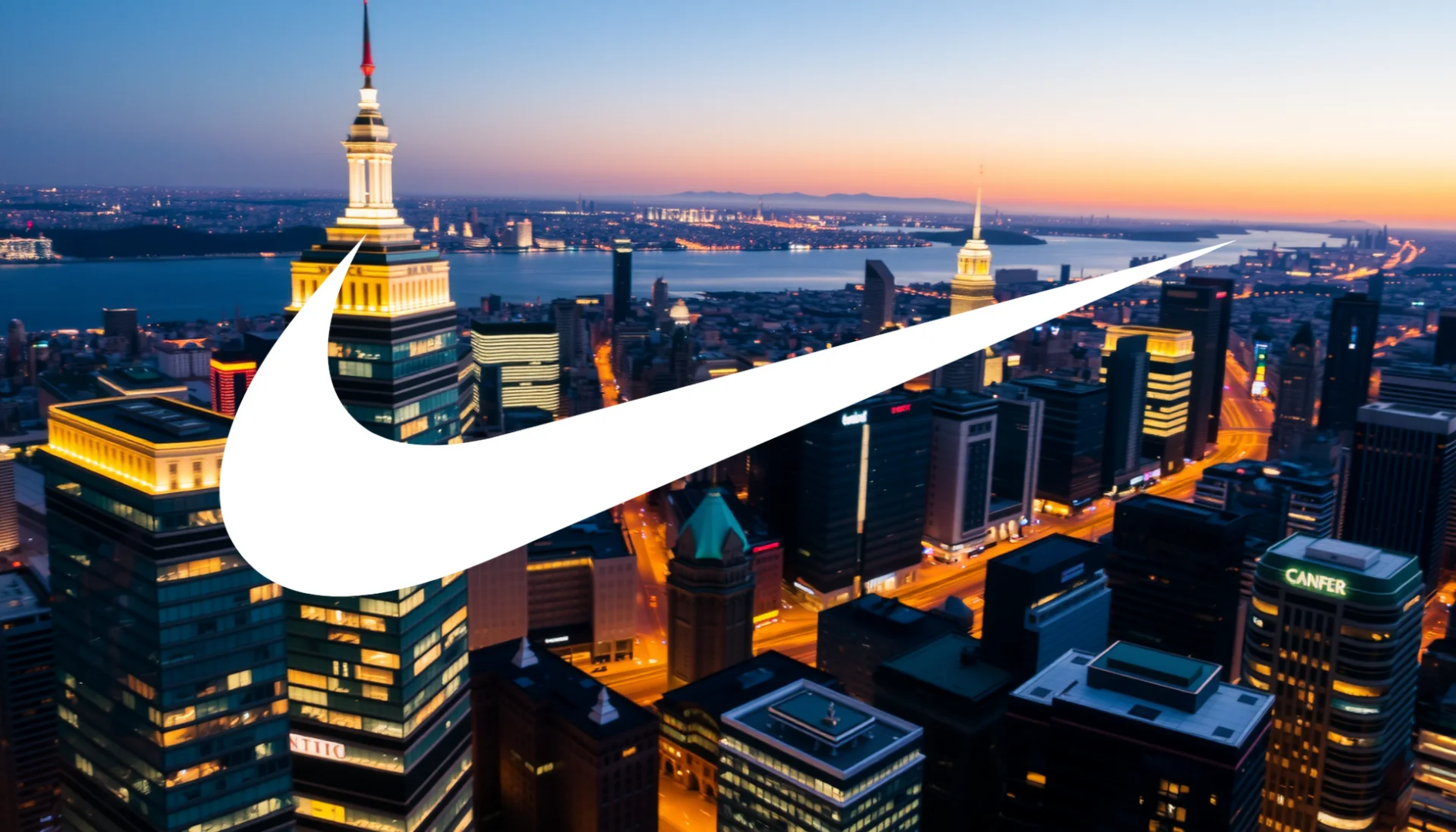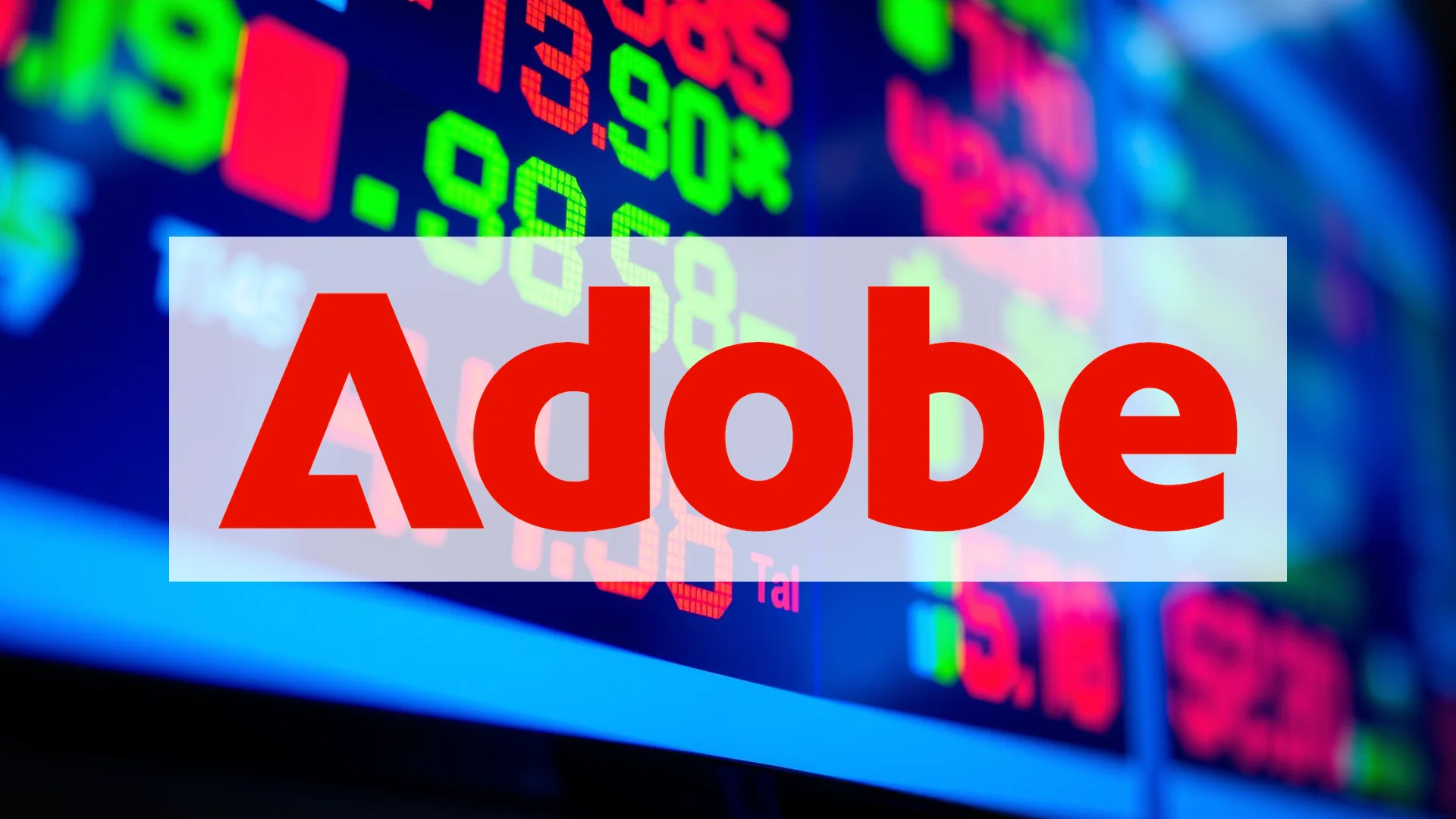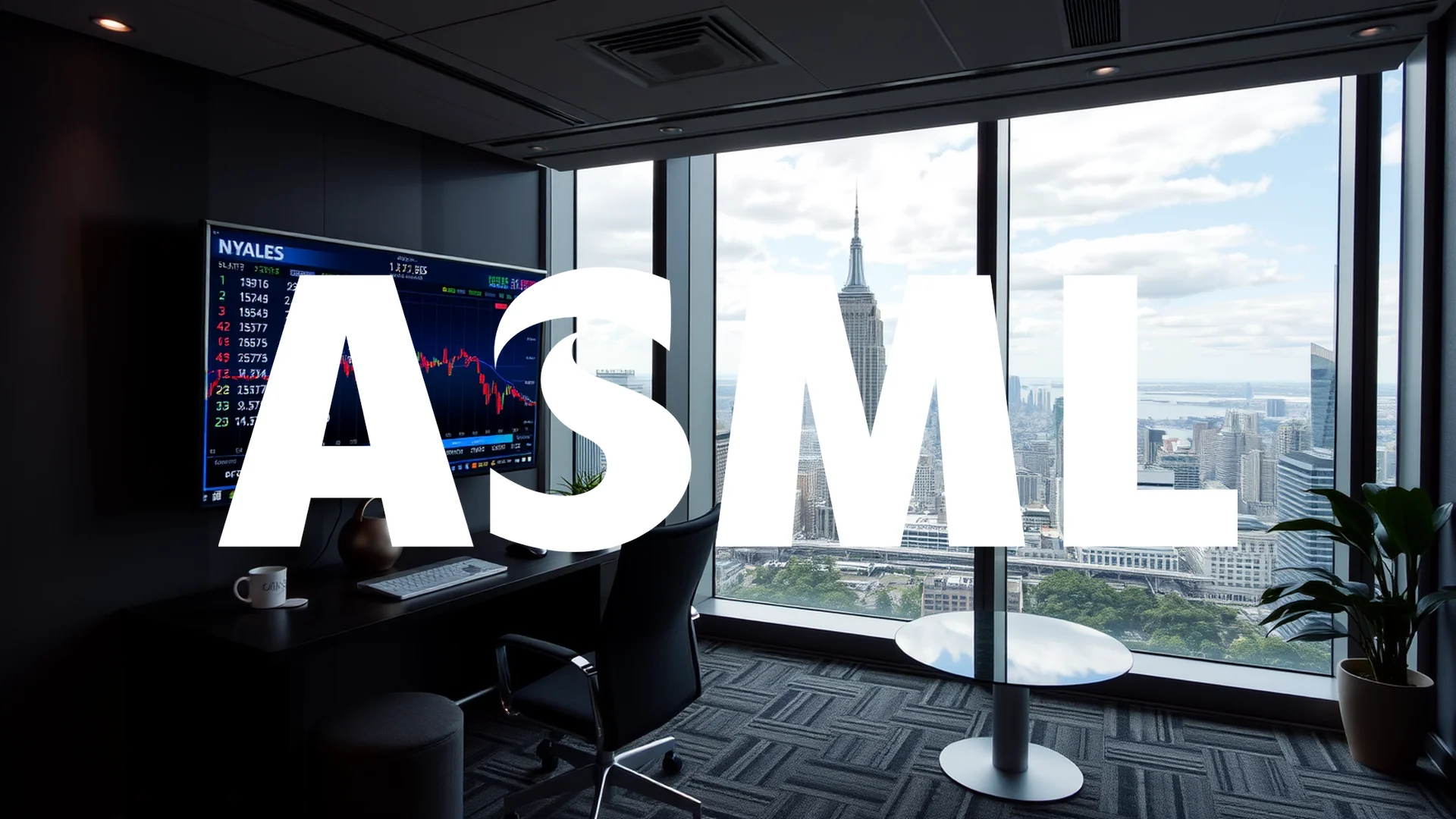The sportswear giant Nike continues to navigate the aftermath of a difficult operational period, now confronting additional headwinds from unexpected quarters. While market experts maintain confidence in the company’s eventual recovery, mounting expenses and potential U.S. tariff increases are creating fresh concerns. Investors are left wondering whether Nike can execute its turnaround strategy successfully or face a prolonged period of subdued performance.
Mixed Signals from Wall Street
Financial institutions present a divided perspective on Nike’s prospects following the company’s first-quarter results for fiscal year 2026:
- KeyBanc upgraded its rating to “Overweight,” highlighting encouraging developments from strategic initiatives
- Truist Securities maintained its buy recommendation, noting that Q1 performance exceeded projections
- TD Cowen raised its price target to $86, praising revenue expansion in North American markets
- UBS kept a neutral stance while increasing profit forecasts for upcoming fiscal periods
RBC Adjusts Outlook While Maintaining Positive Rating
RBC Capital Markets has delivered a nuanced assessment of Nike’s situation. The Canadian investment bank continues to recommend purchasing Nike equity, affirming the company’s strategic direction remains appropriate. However, the firm simultaneously reduced its price target from $90 to $85 per share.
Should investors sell immediately? Or is it worth buying Nike?
This adjustment reflects two specific operational challenges: distribution and administrative expenses that have surpassed expectations, compressing profit margins, and potential additional U.S. import duties that could further pressure profitability. RBC acknowledges “controlled progress” in Nike’s recovery journey but emphasizes the need for accelerated and more comprehensive product innovation.
Balancing Cost Pressures Against Growth Initiatives
Nike must navigate the complex challenge of managing rising operational costs and potential tariff impacts while simultaneously revitalizing its product offerings. The divergent opinions among financial analysts mirror this uncertainty—some observers detect early improvement signals, while others counsel patience.
For shareholders, this translates to a period of continued uncertainty. The company’s recovery trajectory appears to be progressing more gradually than initially anticipated, with potential new tariff burdens threatening to extend the timeline further. The central question remains whether Nike’s strategic initiatives can overcome these mounting operational and macroeconomic challenges.
Ad
Nike Stock: Buy or Sell?! New Nike Analysis from November 26 delivers the answer:
The latest Nike figures speak for themselves: Urgent action needed for Nike investors. Is it worth buying or should you sell? Find out what to do now in the current free analysis from November 26.
Nike: Buy or sell? Read more here...









